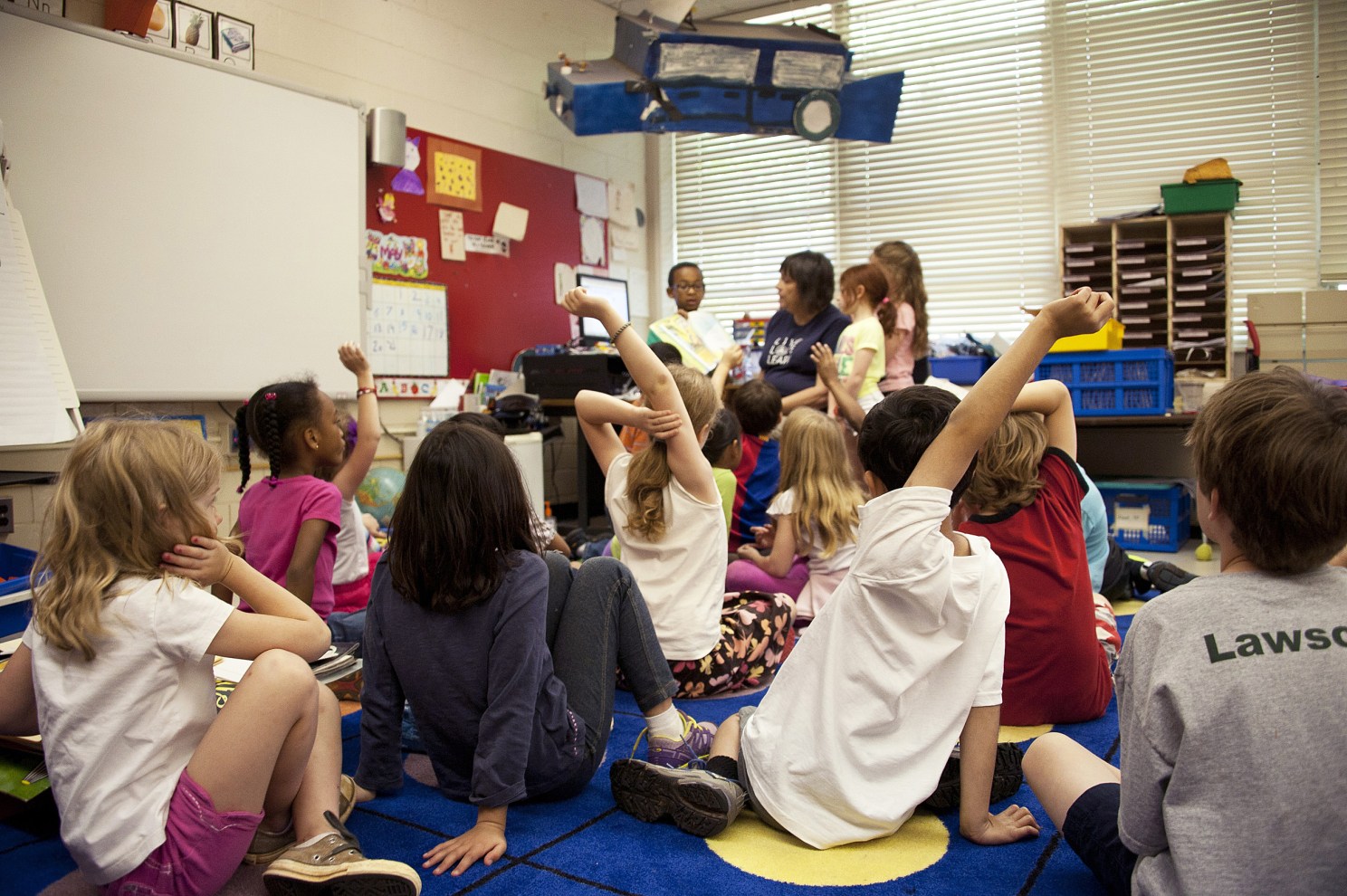After a year that involved a global pandemic, school closures, nationwide remote instruction, protests for racial justice, and an election, the role of education has never been more critical or more uncertain. When the dust settles from this year, what will education look like — and what should it aspire to?
To mark the end of its centennial year, HGSE convened a faculty-led discussion to explore those questions. The Future of Education panel, moderated by Dean Bridget Long and hosted by HGSE’s Askwith Forums, focused on hopes for education going forward, as well as HGSE’s role. “The story of HGSE is the story of pivotal decisions, meeting challenges, and tremendous growth,” Long said. “We have a long history of empowering our students and partners to be innovators in a constantly changing world. And that is needed now more than ever.”
Joining Long were Senior Lecturer Jennifer Cheatham, Assistant Professor Anthony Jack, Associate Professor Karen Brennan, and Professors Adriana Umaña-Taylor and Martin West, as they looked forward to what the future could hold for schools, educators, and communities.
The pandemic heightened existing gaps and disparities and exposed a need to rethink how systems leaders design schools, instruction, and who they put at the center of that design.
“As a leader, in the years before the pandemic hit, I realized the balance of our work as practitioners was off,” Cheatham said. “If we had been spending time knowing our children and our staff and designing schools for them, we might not be feeling the pain in the way we are. I think we’re learning something about what the real work of school is about.”
In the coming years, the panelists hope that a widespread push to recognize the identity and health of the whole-child in K–12 and higher education will help educators design support systems that can reduce inequity on multiple levels.
However, as much as the pandemic isolated individuals, on the global scale, people have looked to connect with each other to find solutions and share ideas as they faced a common challenge. This year may have brought everyone together and allowed for exchange of ideas, policies, practices, and assessments across boundaries.
As educators and leaders create, design, and imagine the future, technology should be used in service of that vision rather than dictating it. As technology becomes a major part of how we communicate and share ideas, educators need to think critically about how to deploy technology strategically.
“My stance on technology is that it should always be used in the service of our human purpose and interest,” said Brennan. “We’ve talked about racial equity, building relationships. Our values and purposes and goals need to lead the way, not the tech.”






